CLIENT PROFILE

Professional sports teams rely heavily on data and analytics to improve their team performance.
IBM has a long history in the sports industry. As part of the grand opening of the Toronto Raptors’ BioSteel Centre, IBM created a first of its kind solution, in collaboration with the Raptors and MultiTaction.
IBM iX provides a faster means to share and visualize data, which can inform time-critical decisions, and help the Raptors gain the competitive advantage. Historically, it is a manual, and time consuming process to gather and share relevant data for player evaluation. It is particularly challenging during time sensitive situations, like the lead up to the annual draft.
“We wanted to create a system that eliminated data silos by bringing all the data together – structured, unstructured, internal and proprietary. But, more importantly, we wanted to put management at the center, so user experience was really important.” Farhang Farid, Associate Partner, IBM iX
THE CHALLENGE
- Develop a comprehensive advanced visualization platform that can find, view and organize relevant data, so it is possible to build a unique picture around each athlete.

The concept of the war room was both as a virtual and a physical space. Management gets together a couple dozen times a year in person, but they are constantly talking to each other and collaborating.
The environment also had to promote collaboration. Team management could be in this room for 12 to 15 hours. There is a lot of back and forth, and iterations on a particular scenario, or a particular player. While participating in the larger group discussion, it is typical for individuals to be simultaneously working on scenarios independently. Therefore, the ability to accommodate both private and public collaboration, was a top consideration.
KEY REQUIREMENTS
- The room had to have a sexy factor. The Raptors want to appeal to the top players to come to Toronto and play for an organization that leverages technology to focus on player development.
- The displays had to offer multi-touch functionality. It was critical that the touchscreens could accommodate several different users, working together over long periods of time.
- The displays had to facilitate split workspaces. The solution had to support both public and private collaboration.

THE SOLUTION
The advanced visualization space includes a 9 x 1 MultiTaction multi-touch video wall, and a 1 x 3 tabletop.
“We created a collaborative, interactive environment that enables advanced visualization of extensive amounts of data. The solution is
built based on MultiTaction touchscreens with Canvus collaboration software, plus an array of IBM technologies,” Farid reports.
The solution is designed to transform and automate the Raptors’ talent evaluation processes by reimagining data through cognitive and analytics technology.

IBM customized MultiTaction software by writing a plug-in on top of our Canvus platform. “We’re launching browsers, essentially on top of Canvus that allows us to control the content, such as the browsers, and push information,” Farid explains.
The solution is powered by IBM Watson cognitive business technology. IBM Watson Tradeoff analytics is leveraged to assess possible roster combinations against a variety of criteria. IBM Watson Personality Insights includes linguistic analytics to understand player personality and social characteristics that align with the organizational culture.
THE RESULTS
“What we’ve created is an intuitive and interactive solution that enables the Raptors’ management to have access to all aspects of player data in real time, in a fashion that they can collaborate with each other, and discuss a potential trade scenario or a draft pick, and really help them make those critical decisions,” Farid concludes.

“We obviously recognize that we are not basketball experts. The people in the front office, they have the basketball acumen. Our goal was to augment their process, by bringing data into their world that they may not have previously considered, in order to provide them with new insights.” says Farid.
